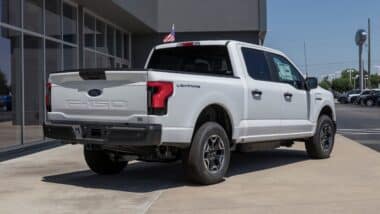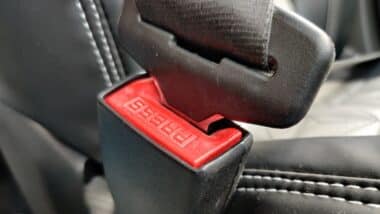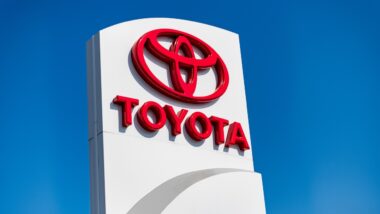
A man has filed a Ford fuel economy lawsuit alleging Ford misrepresented the miles-per-gallon ratings on his 2017 Ford Expedition and other vehicles.
Plaintiff Mark Napier of New Jersey filed the class action lawsuit on behalf of himself and a proposed Class of current and former owners or lessees of model year 2017 through 2019 Ford automobiles, which allegedly were marketed and sold with false fuel economy ratings.
On Feb. 21, 2019, Ford issued a statement that said its EPA fuel economy testing results were not accurate, which meant the fuel economy is potentially overstated on many of its models. Ford said the issue was brought forth by employees who said calculations regarding mileage and emissions were wrong.
Other Ford models that may be affected by erroneous fuel economy testing are the Ford Ranger and the Ford F150, in addition to Napier’s Expedition.
Ford has said it doesn’t know if will have to supply corrected data to regulators or consumers. The automaker has hired an outside firm to investigate and evaluate its testing procedures.
Ford Fuel Economy Lawsuit Alleges Mistakes Were Known
Napier alleges that Ford was reckless in disregarding the true fuel ratings for its vehicles. The Ford fuel economy lawsuit alleges, “Ford knows that consumers are concerned with rising fuel prices, and Ford markets its inflated fuel economy claims to attempt to entice consumers to acquire Ford vehicles over its competitors.”
According to the U.S. Environmental Protection Agency, the steps to estimate miles-per-gallon (MPG) in a laboratory are specified by federal law. In the lab, a car or truck’s drive wheels are placed on a dynamometer, which is a machine that simulates the driving environment, much like a treadmill simulates walking. Once on the dynamometer, engineers account for wind resistance and the vehicle’s total weight to adjust the amount of energy needed to move the rollers the drive wheels are setting upon.
While the vehicle is on the dynamometer, a driver runs the car or truck through standard driving exercises called cycles that simulate normal trips consumers take along city streets or highways. The driver has to keep the vehicle at a certain speed during every second of the test.
When the vehicle is one that uses gasoline, diesel or natural gas, a hose goes into the tailpipe and collects engine exhaust during the tests to measure the carbon and calculate the amount of fuel burned during the test. This is how the miles-per-gallon is determined in the laboratory.
If you live in a state where your car needs to be emissions tested, you will recall your vehicle being set up in a similar manner during the emissions testing.
Ford is not new to the world of manufacturing vehicles, and window stickers have been placed on vehicles to show the MPG estimates since the mid-1970s. The EPA is responsible for providing the fuel economy information that appears on the window sticker, but manufacturers are responsible for testing their own vehicles. The EPA only confirms fewer than 20 percent of the manufacturers’ claims at the EPA’s own National Vehicles and Fuel Emissions Laboratory.
The Ford Fuel Economy Lawsuit is Mark Napier v. Ford Motor Company, Case No. 1:19-cv-14639-NLH-KMW in the U.S. District Court for the District of New Jersey.
Join a Free Ford Truck Class Action Lawsuit Investigation
If you own or lease a 2019 Ford Ranger or F-150 and have experienced less-than-expected gas mileage or if you feel you are simply filling up your gas tank much more than you expected, you may be entitled to compensation.
This article is not legal advice. It is presented
for informational purposes only.
ATTORNEY ADVERTISING
Top Class Actions is a Proud Member of the American Bar Association
LEGAL INFORMATION IS NOT LEGAL ADVICE
Top Class Actions Legal Statement
©2008 – 2025 Top Class Actions® LLC
Various Trademarks held by their respective owners
This website is not intended for viewing or usage by European Union citizens.














